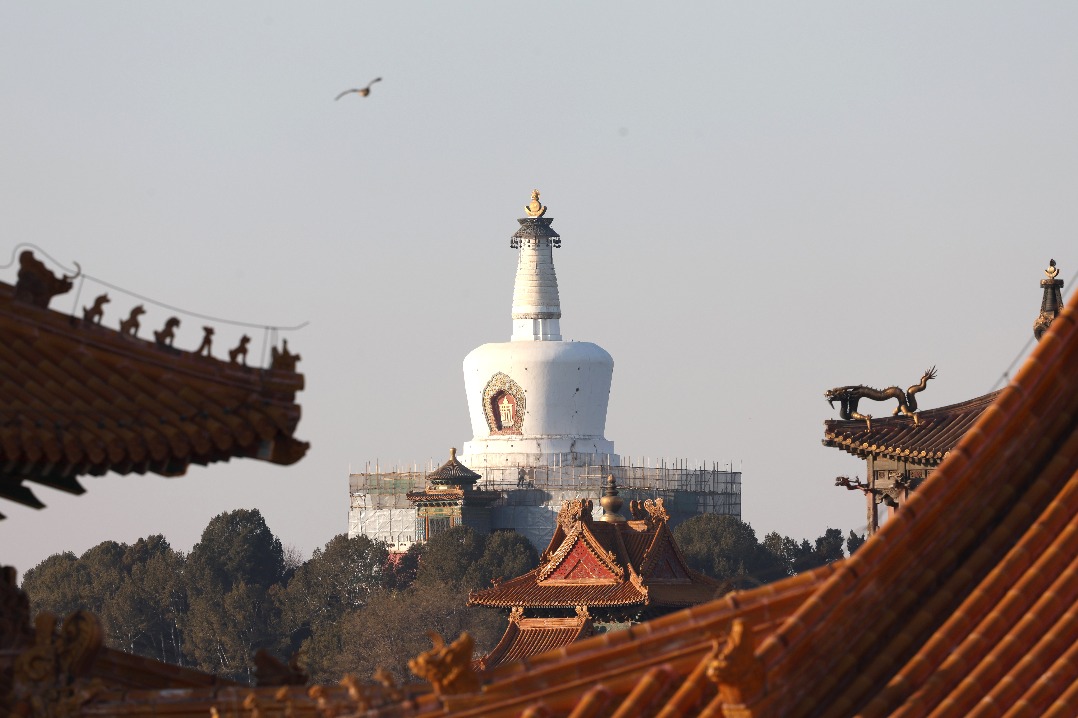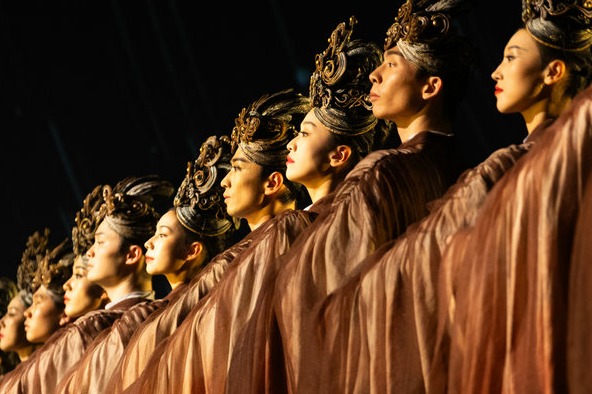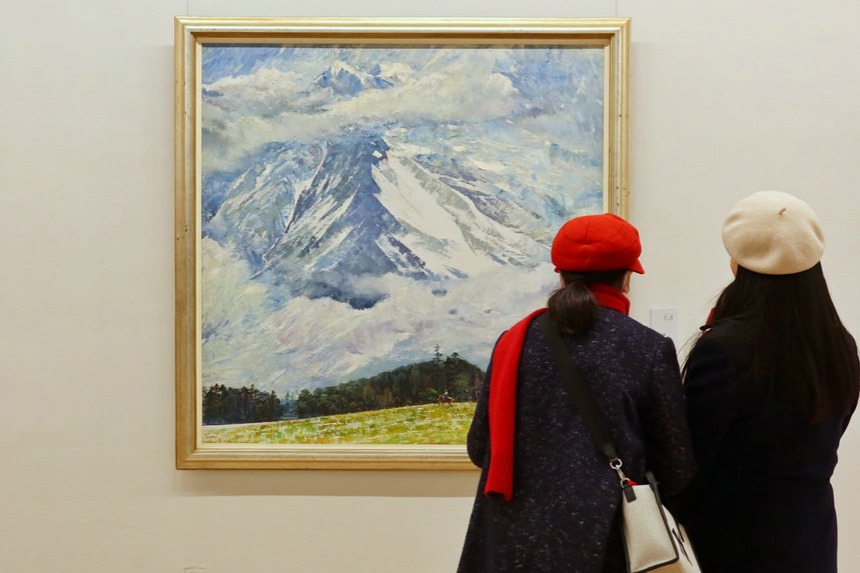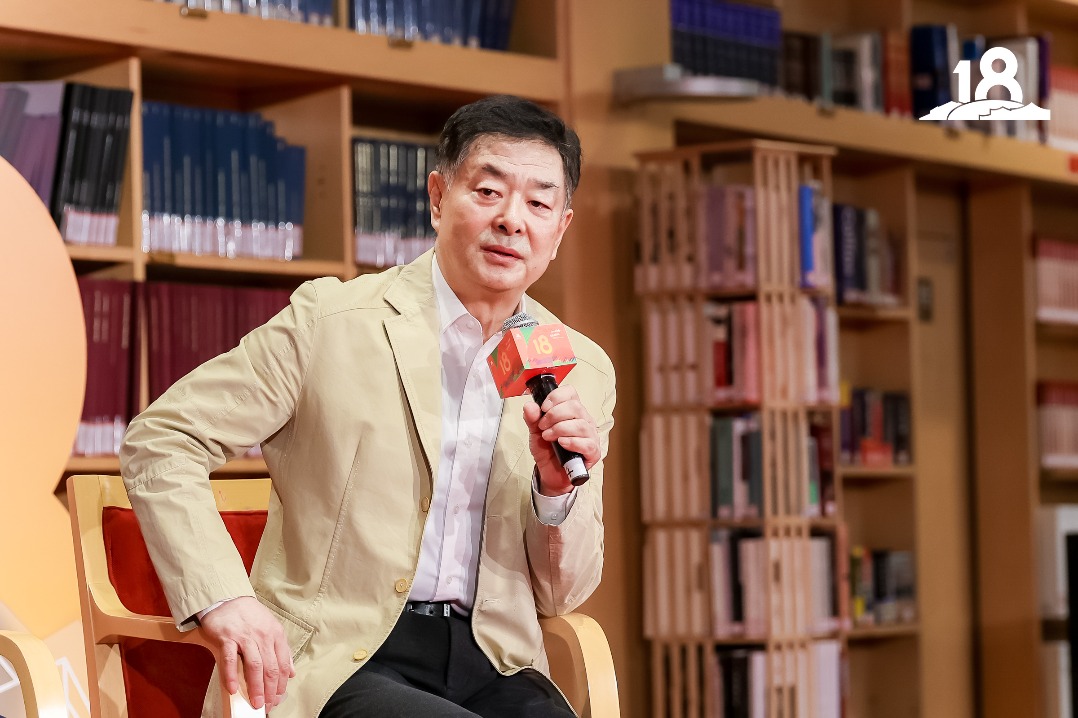US visitors honor Flying Tigers' war legacy

Forging new bonds
While paying tribute to wartime heroes, the members of the delegation also immersed themselves in rich and diverse cultures, experiencing a different side of the US-China relationship, one defined by youth dialogue, shared interests, and mutual curiosity.
In Beijing, the students visited the Temple of Heaven and the Great Wall. In Turpan, Xinjiang, they explored the Jiaohe Ruins, one of the world's best-preserved, longest-lasting and largest clay-built city relics, as well as the Karez wells, witnessing the resilience and ingenuity of ancient Chinese civilization.
"Very eye-opening. I didn't know that China had a Wild West, too. We don't learn much about Xinjiang or any of China's western regions, which is very interesting to me," says Sarah Destiny Golovey, a junior student at California State University, Sacramento.
They also visited Yan'an, a historically significant city in Northwest China's Shaanxi province. "It was really cool, really beautiful," Weil says. "China is so vast. In contrast to the desert in Xinjiang, Yan'an has green hills, and we saw the Yellow River. I even got to visit the Hukou Waterfall. But in every city I visited, the hospitality was absolutely amazing."
In Wuhan, cultural exchanges came alive on the students' first evening during a welcome cruise, where local university students performed traditional dances, played the guzheng (Chinese zither), and sang English pop songs.
For Vrishab Kaushik, Weil's schoolmate, the surprise came when he first downloaded WeChat. "I didn't expect it to handle payments, travel arrangements, and everything else in one app. Pretty cool," Kaushik says.
Rasilla says this trip is just the beginning. "My goal is to pass the Chinese proficiency test level five and come back to pursue a master's degree in Jingdezhen next year," he says. "And I'll probably go back to America to teach Chinese language and culture to more American students."





































